- Arctic Hideaway, located in northern Norway, was created by composer Håvard Lund.
- The village has all the functions of a normal home but is split into multiple structures.
- Guests at the Airbnb can see wildlife like birds and otters, and a view of the Northern Lights.
For you: Insider Today newsletter — the day’s most fascinating stories.Email addressBy clicking ‘Sign up’, you agree to receive marketing emails from Insider as well as other partner offers and accept our Terms of Service and Privacy Policy.
Håvard Lund, the owner of an “arctic hideaway” in Gildeskål, Nordland, Norway, never intended to put his village — which sits on a remote island in the Arctic, without shops and cars — on Airbnb, and he’s sometimes afraid of what guests’ expectations will be.
“Despite my in-depth description on Airbnb, I still have bookings from people who don’t read one word and just see the pictures and come. This can lead to bad reviews,” Lund told Insider.
The tiny village has all the functions of a normal home but is split into multiple structures and can host a group of people while immersing them in nature.
“People breathe differently and see natural phenomena that they won’t see if they’re indoors,” like birds, sea otters, and the Northern Lights, Lund said.
Here’s a look inside and around the property.
The “Arctic Hideaway” is a tiny village of homes located at the arctic Norwegian archipelago Fleinvær, outside the city Bodø. It’s on Airbnb.
The structures overlook the Norwegian Sea.
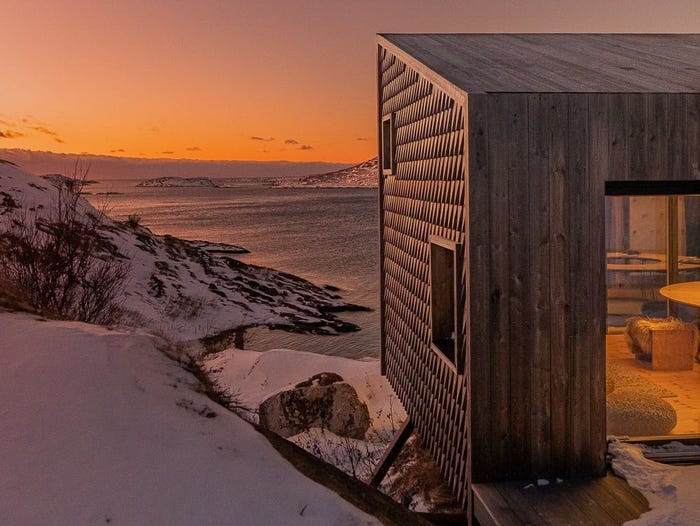
At night, guests can see the Northern Lights.
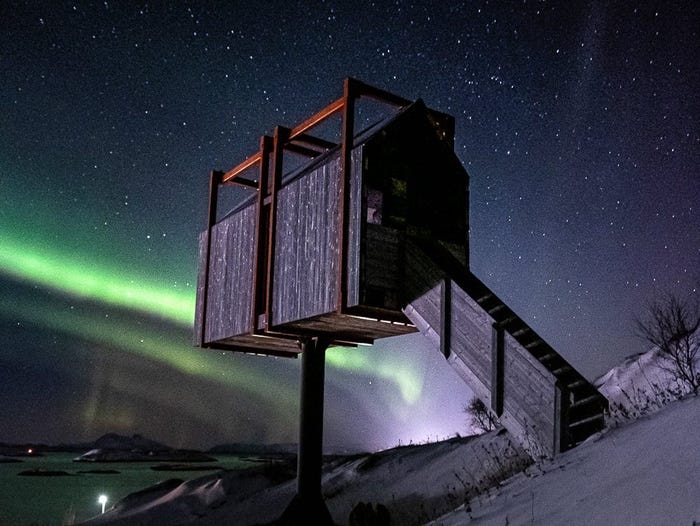
Accommodation prices are currently about $190 a night, but each stay is a minimum of two nights.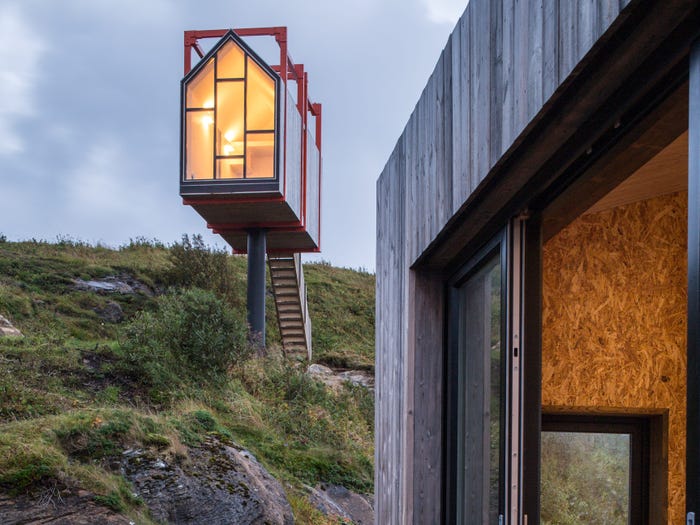
The island is remote, with no supermarkets or shops.
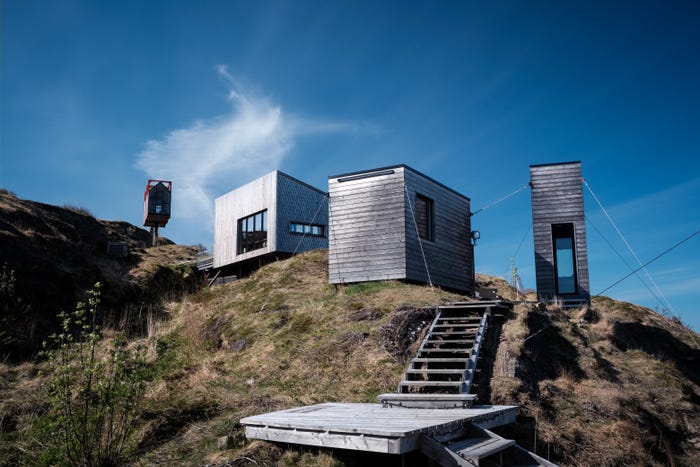
It’s located in an old fishing village with very few residents.
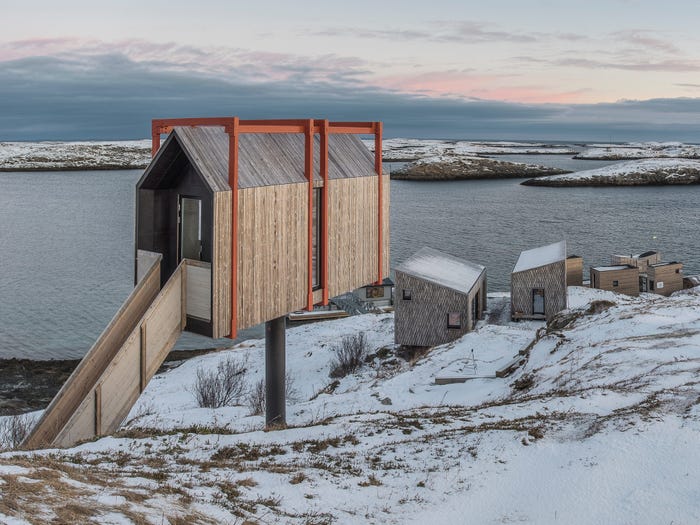
The Hideaway was imagined by Håvard Lund, a composer and part-time host. Lund has others care for the property when he’s away.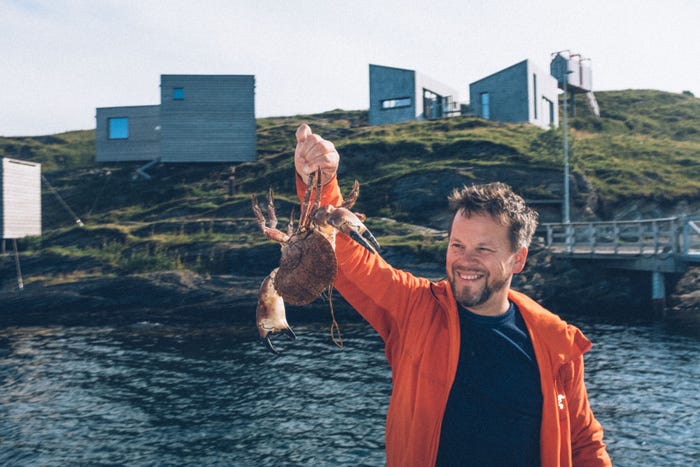
He hired an architectural firm to carry out the project, and construction took two years.
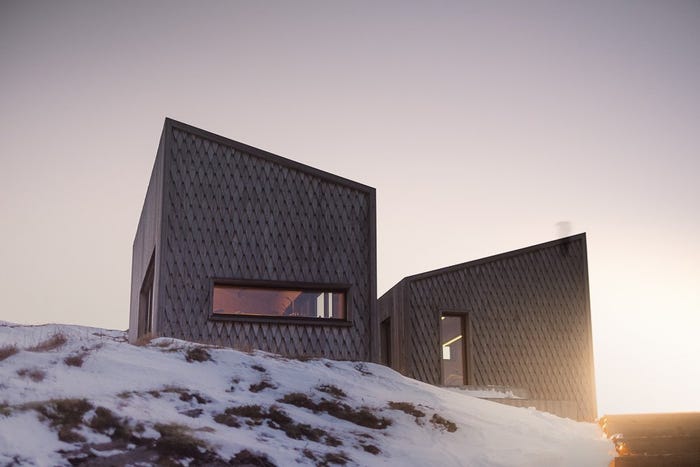
Lund wanted the village to serve as a destination for artists, and he reserves time on the schedule to allow large artist groups to use the space.
The buildings were finished in 2016. They’re made of materials like steel to withstand time and weather.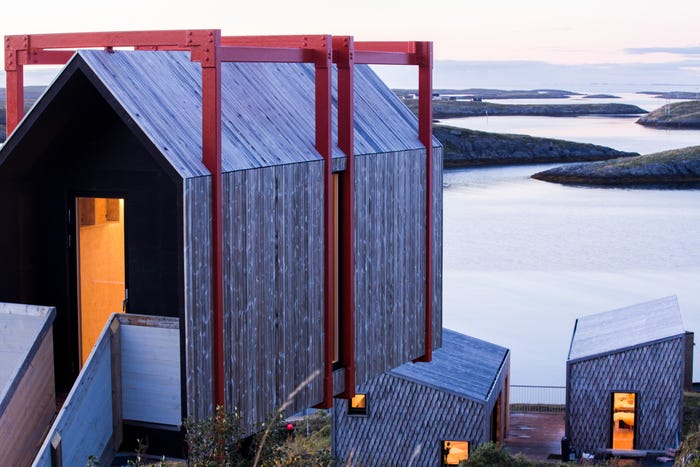
Since it’s remote, the hosts encourage guests to enjoy the nature around them.

The village offers all the functions of a home, but split into 11 different houses.
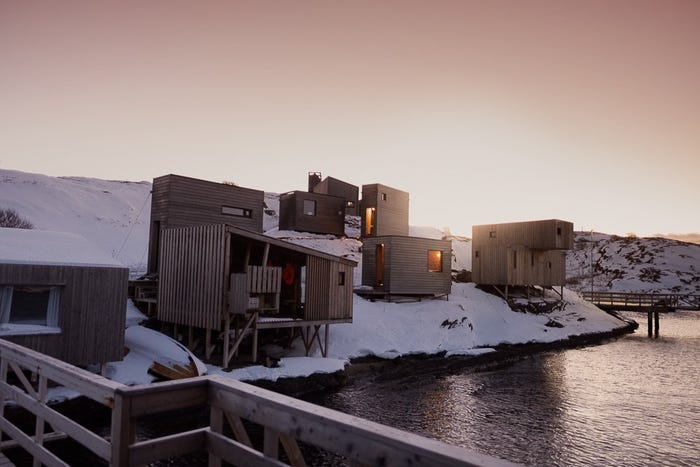
It was designed for guests to interact with nature when navigating between buildings.

It includes a bath house, kitchen house, lounge house, crab shack, tower house, and four bedrooms.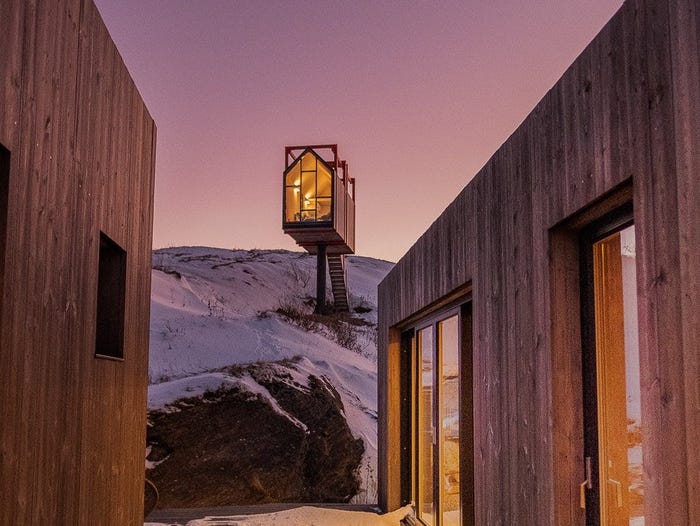
The kitchen and lounge houses are up on a hill and overlook the rest of the village.

A deck extends between the kitchen house and the lounge house.
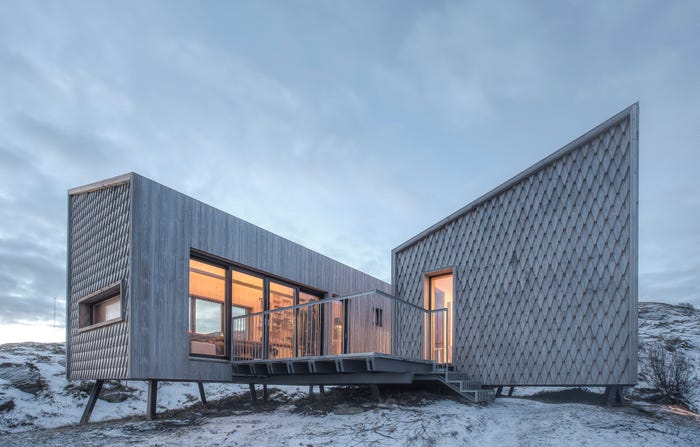
Large windows allow a view into the kitchen.
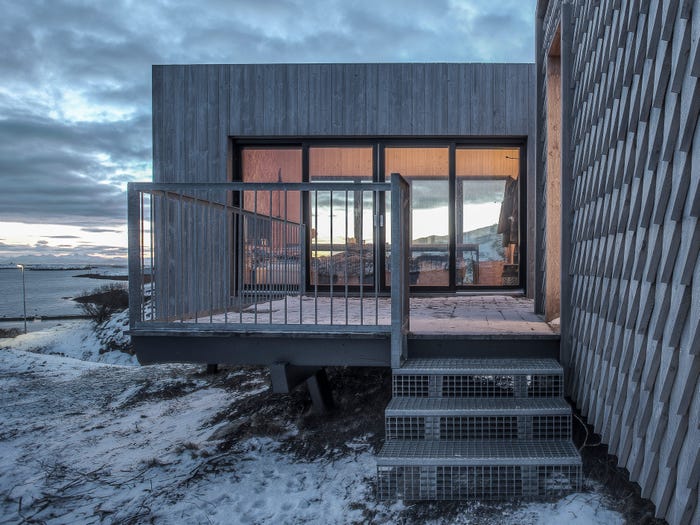
The view from the lounge house overlooks the water and mountains.
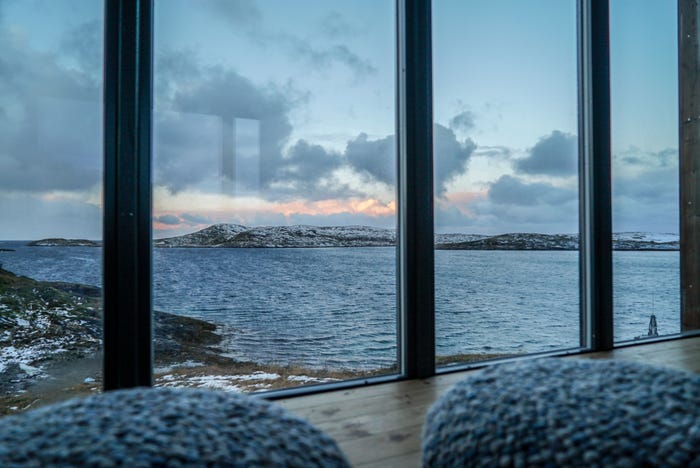
The bath house is one of the closest structures to the water.
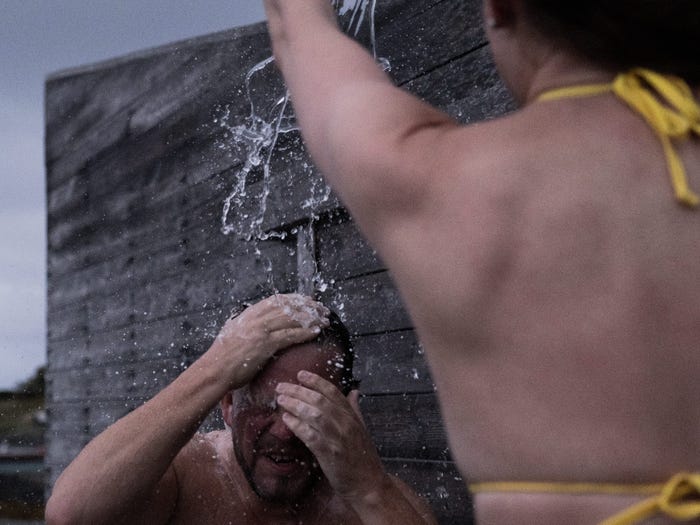
The bedrooms are referred to as “sleeping pods.”









